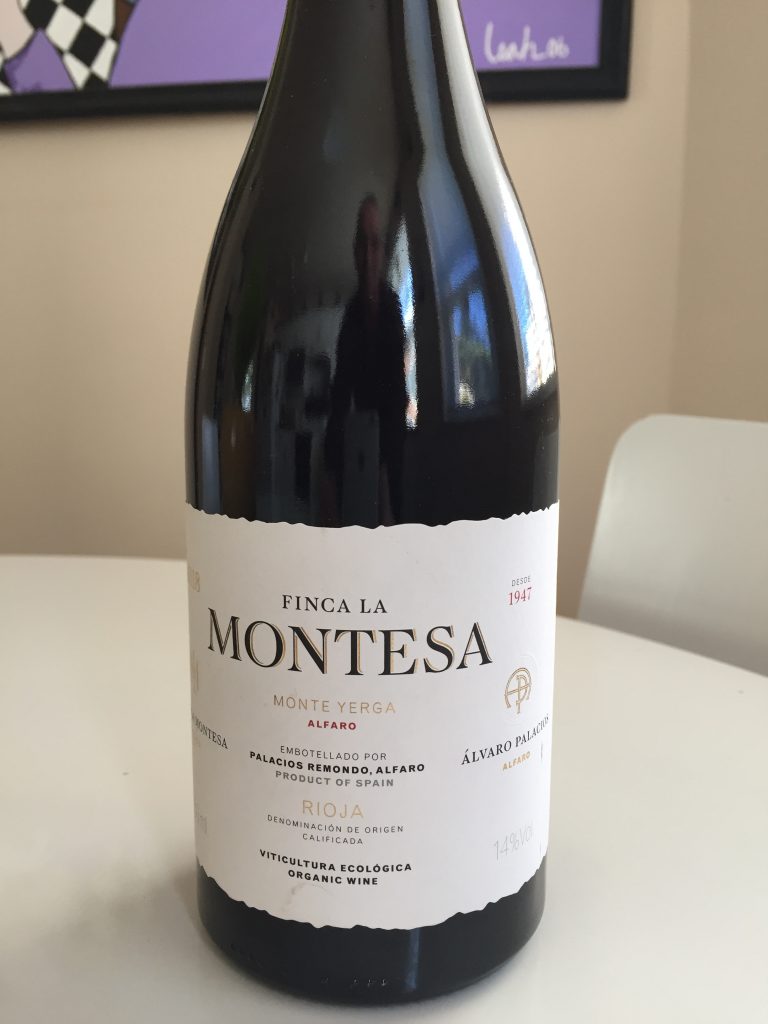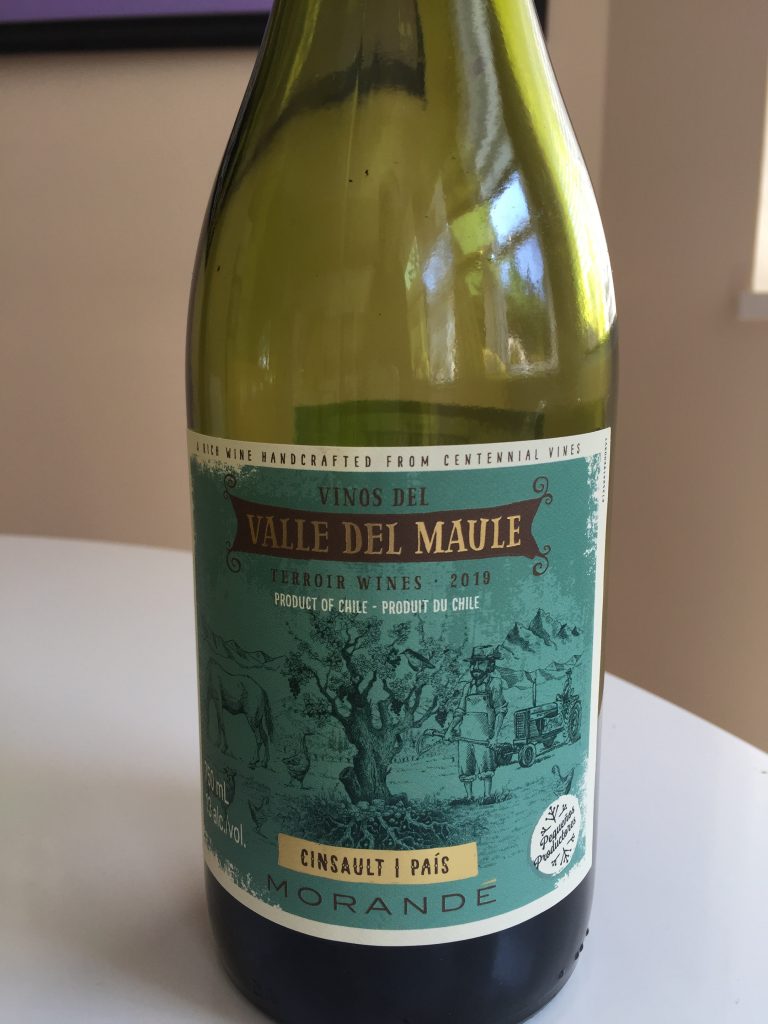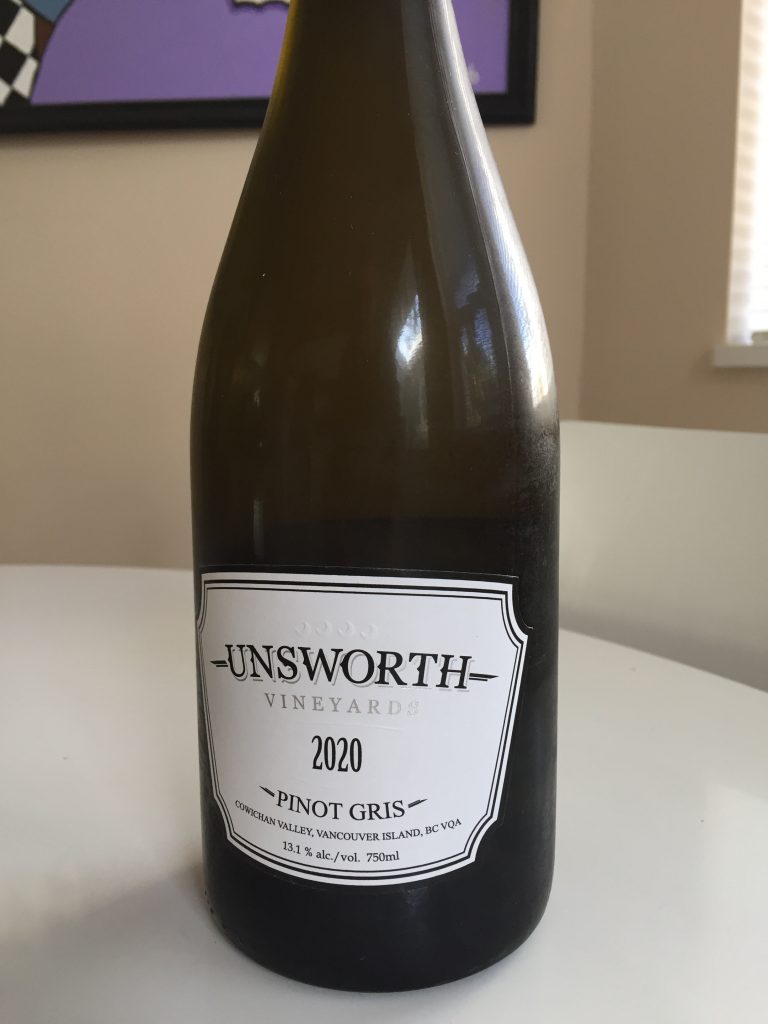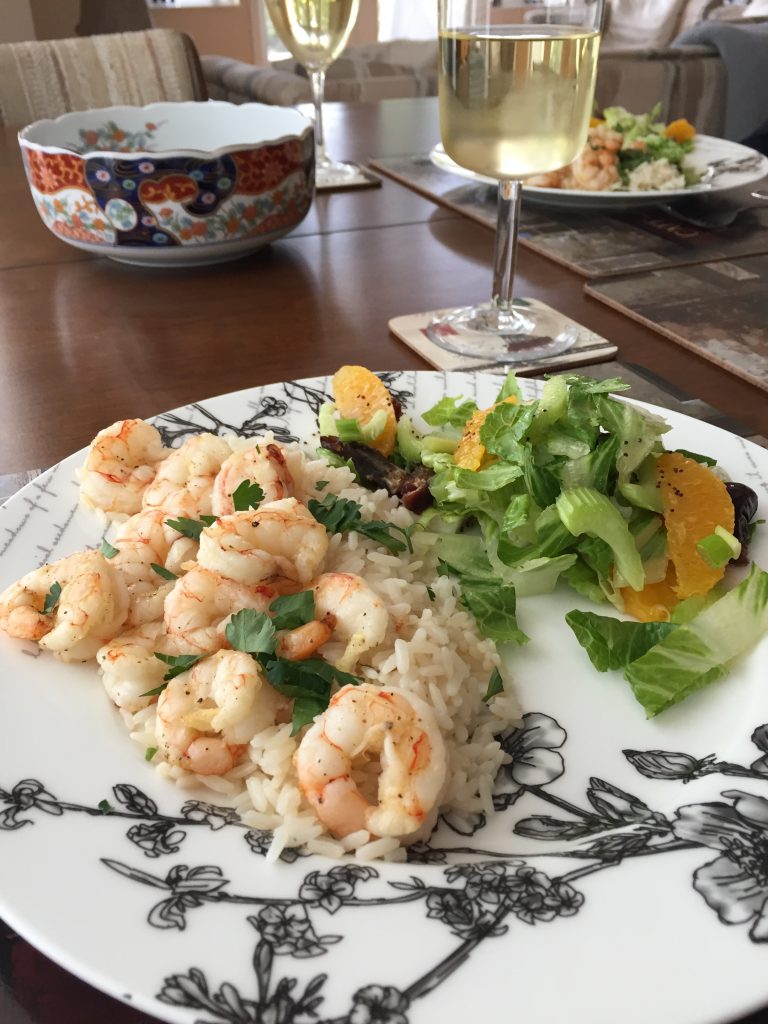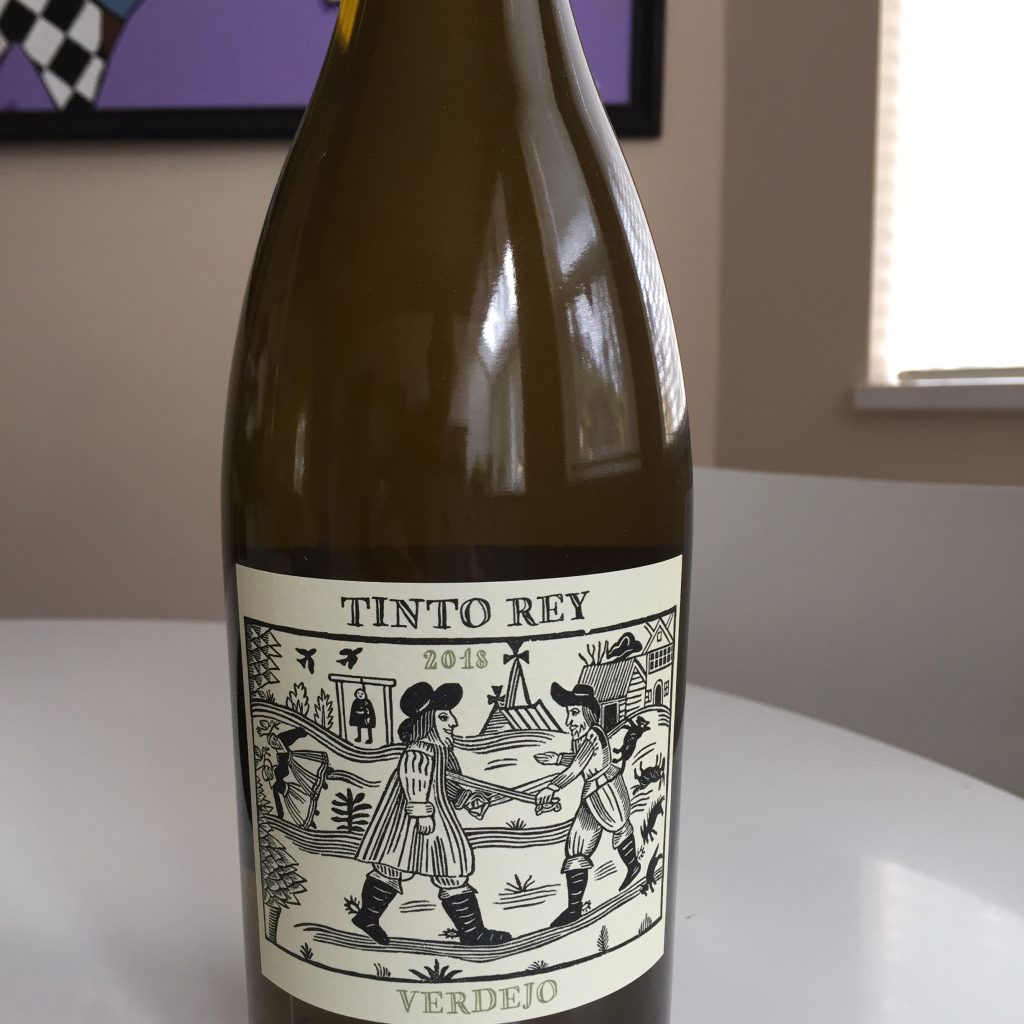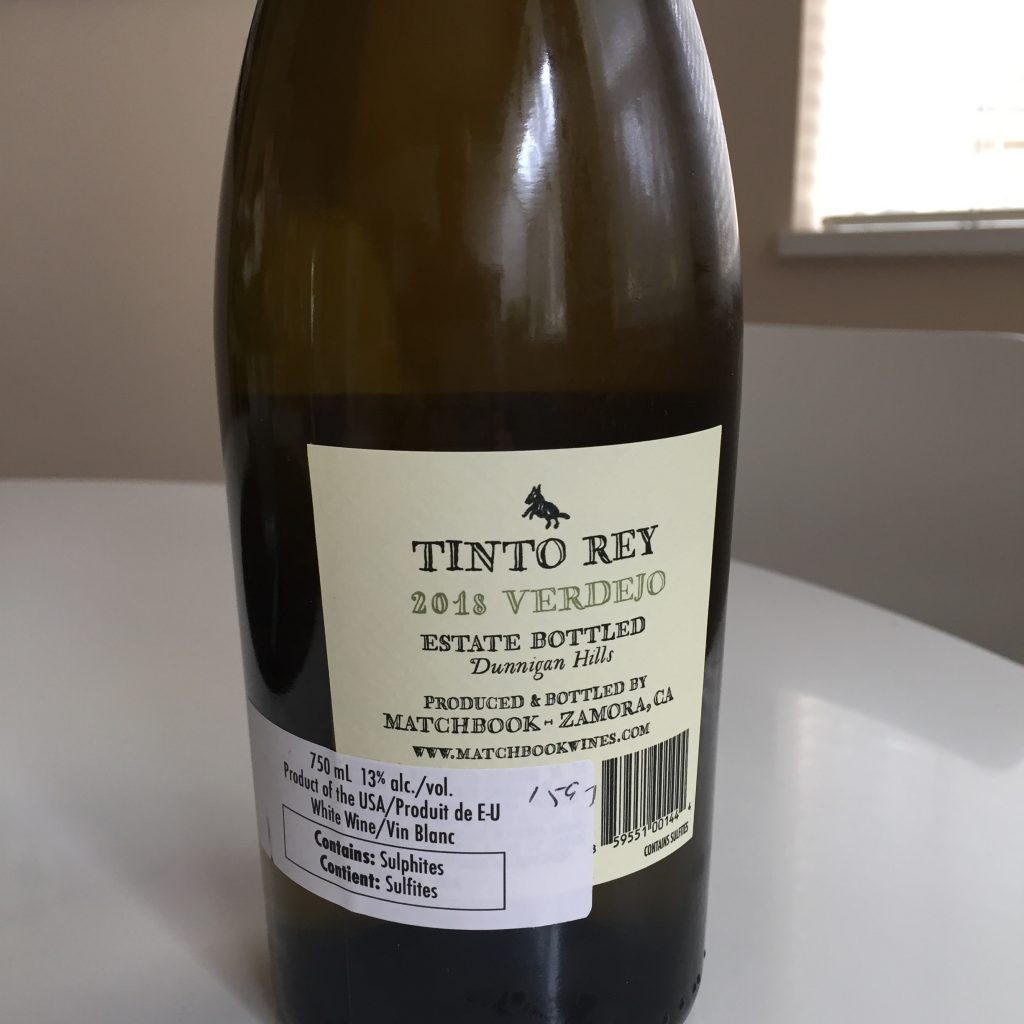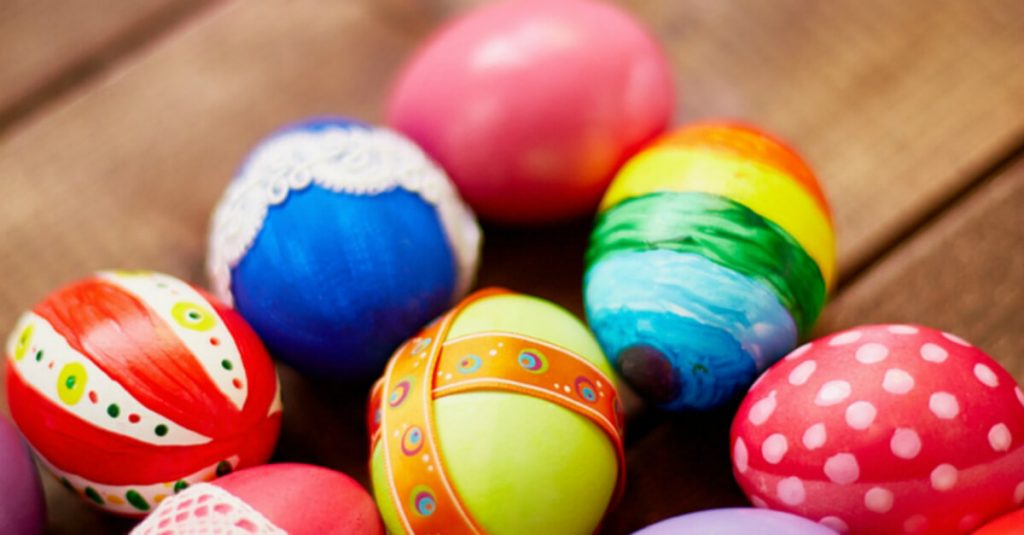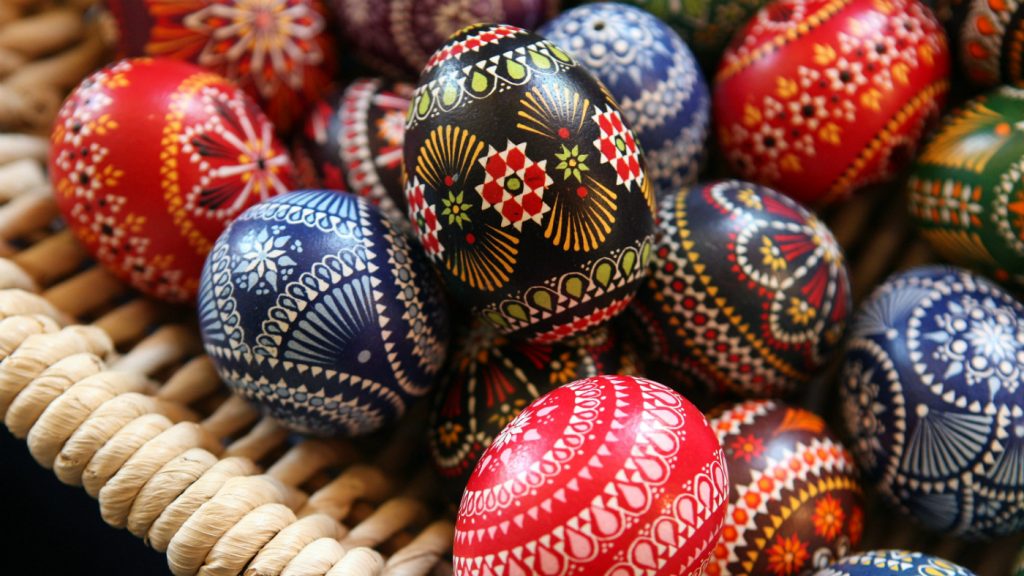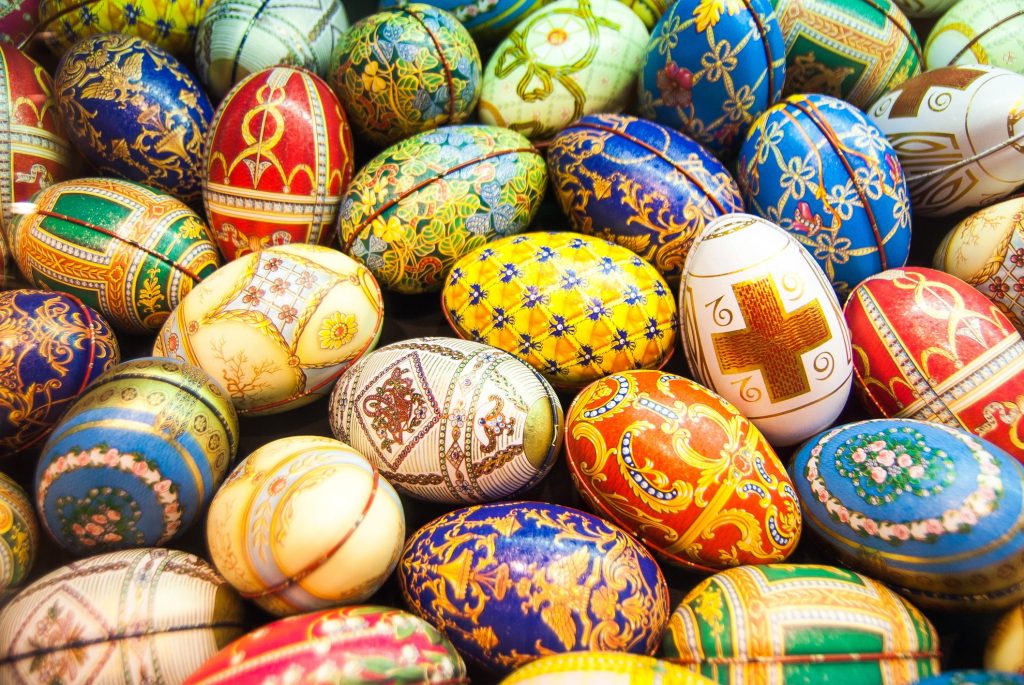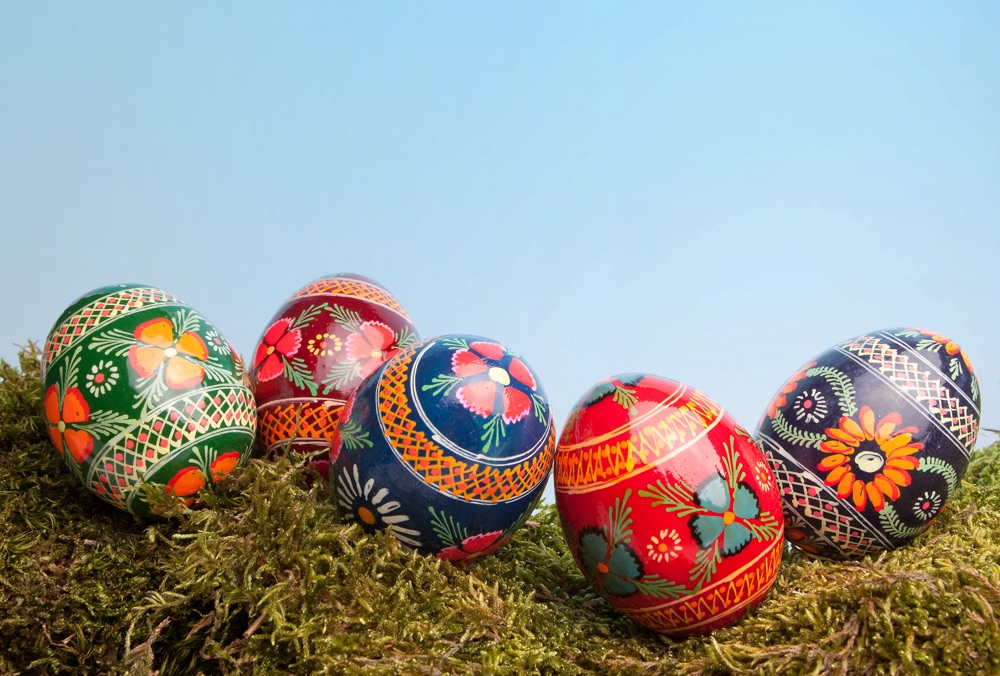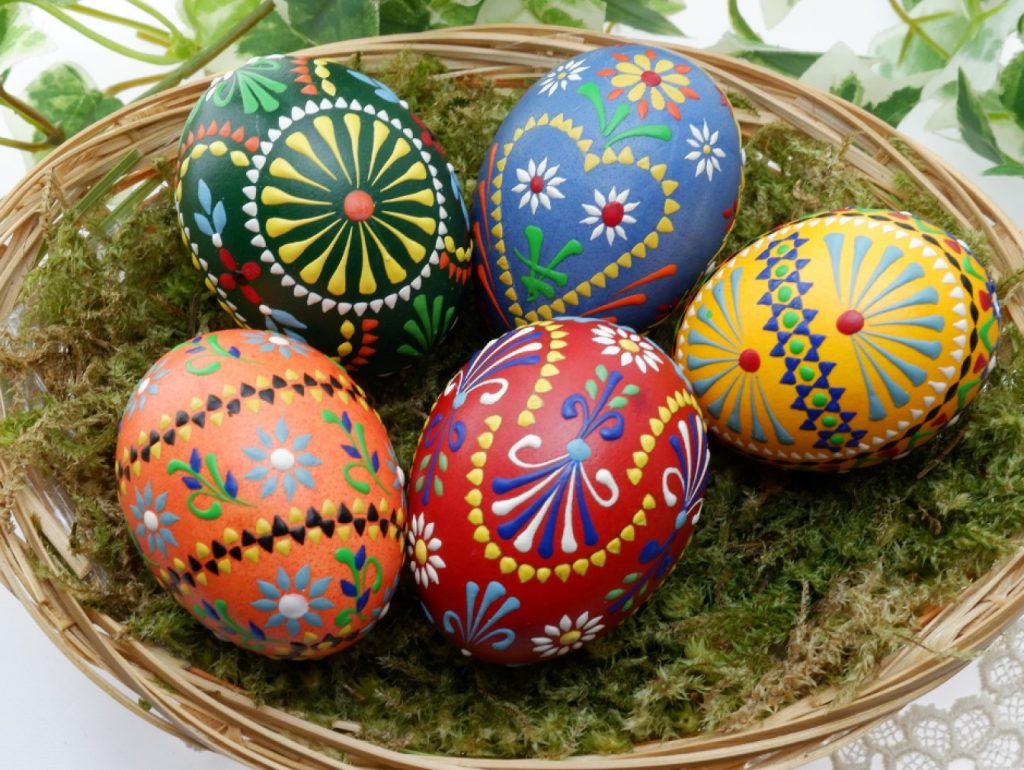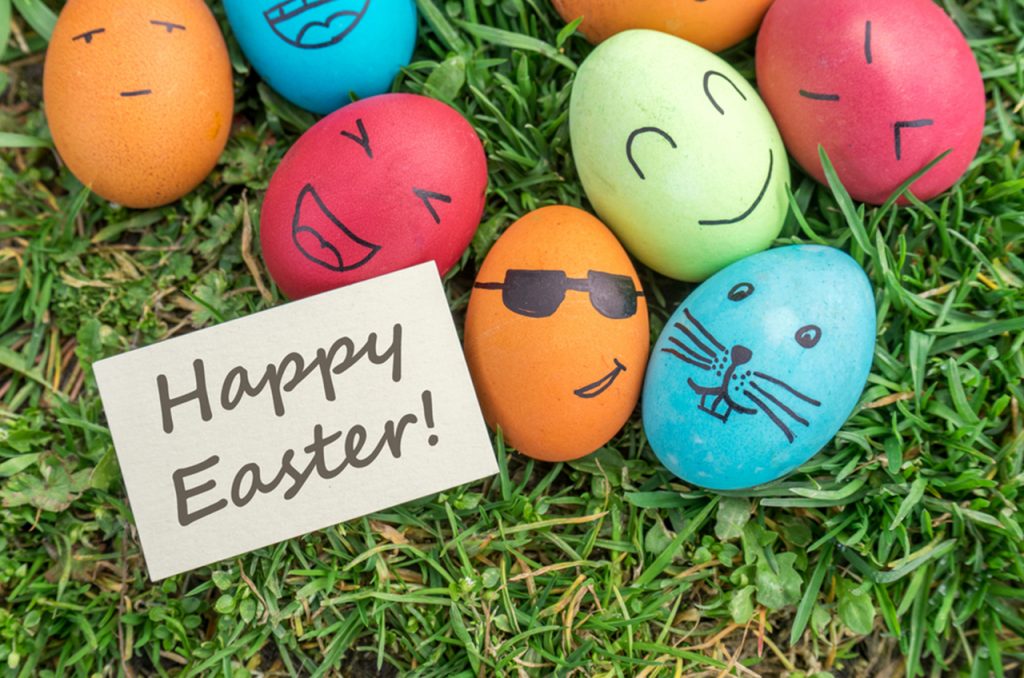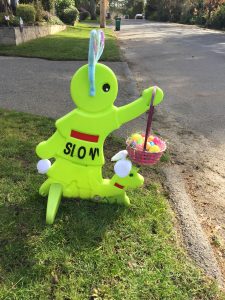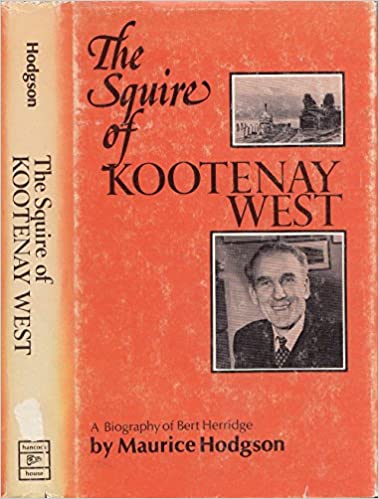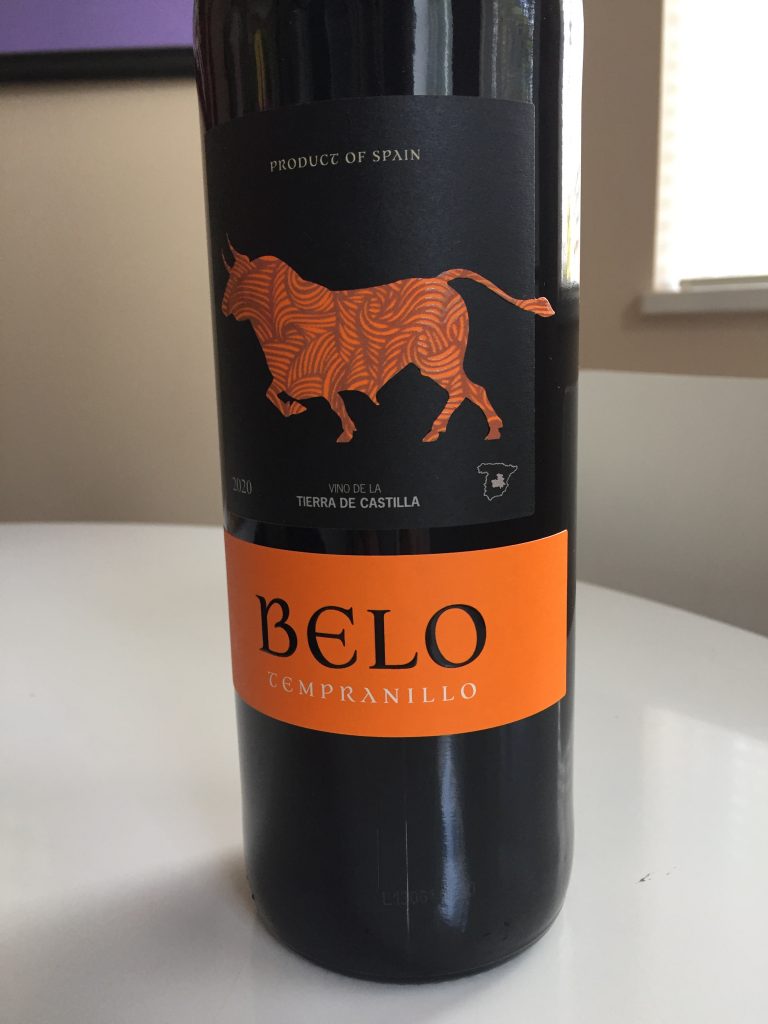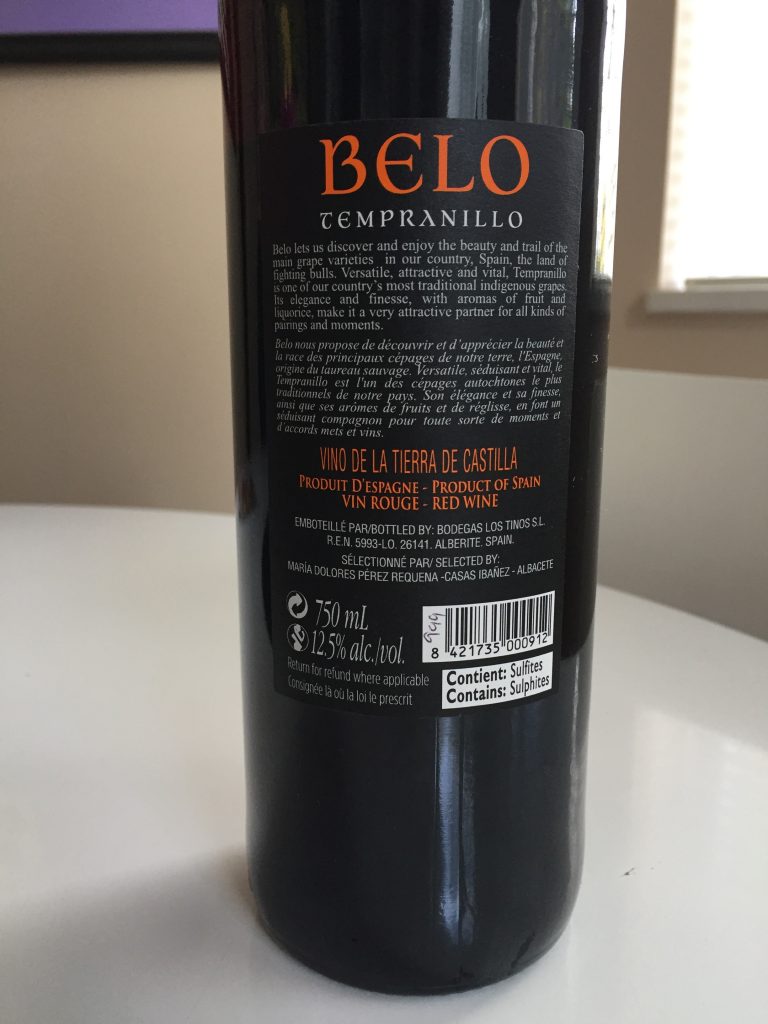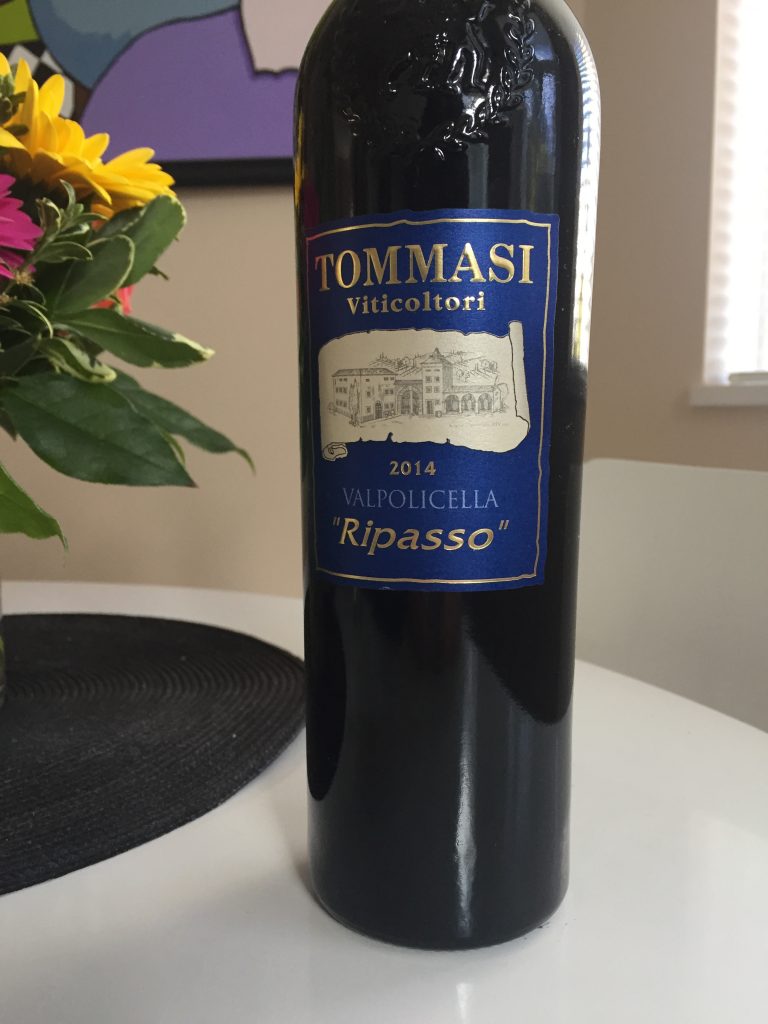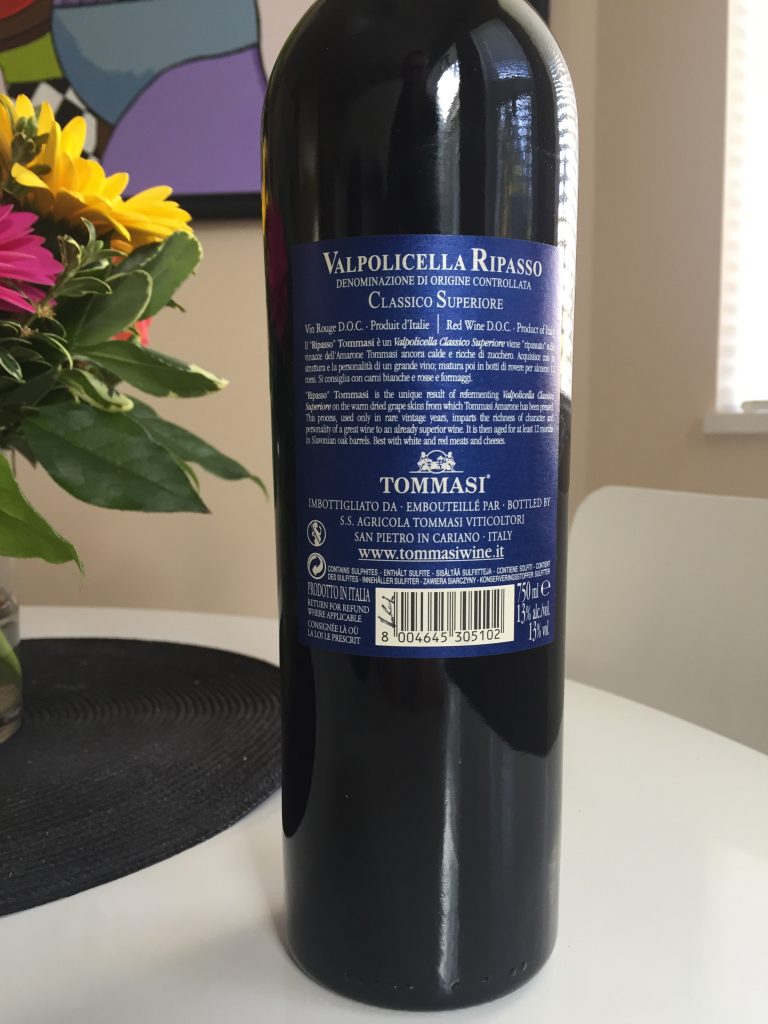But, fortunately, they are repeatable!
Another Mystery Case from the Goddess came to a close over the weekend as an Up Island Friend was stopping over on his way home from a 5 week sojourn. Of course, there was wine with dinner. Pasta, not traditional Lamb.
As it turned out, we enjoyed two reds (Spain and Chile) and they were from two ends of the spectrum.
Spain First – 33 year old vines in the La Montesa vineyard – 95% Granacha and a 5% assortment of traditional varieties including Tempranillo and Mazuelo.. Ecological vinticulture produces a very juicy, balanced, bright and lively to go-with-the pasta-and-conversation.
The second was a lovely medium to light bodied red blend, soft tannins. 75% Cinsault, 25% Pais brought out a lovely freshness. Old vines both, and from different parts of the Valley.
Maule is one of Chile’s most extensive valleys and has the largest production of wine grapes, but the Secano Interior sector merits special note for the large number of old País and Carignan vineyards still managed using the same techniques inherited from the Spanish Conquistadors—head-trained, low density, and dry farmed to adapt to this area with hot, dry summers and granitic, red clay soils.
País is a variety introduced in Chile by the Spanish conquerors during the 16th century. Cinsault was introduced in Chile during the 1940s to compensate the lack of color and structure of País. When both varieties are blended together, they give life to fresh and light wines.
Both had a gentleness to them that we really enjoyed.
Don’t worry. We have more reviews to catch up on, and we will soon be seeing the Goddess for another Mystery Case!
Finca La Montesa Monte Verga
$33.95
14% Alcohol
CINSAULT PAIS- MORANDE VALLE DEL MAULE 2019
$16.99 regularly $19.99
13% alcohol
UPC: 07804449013125
